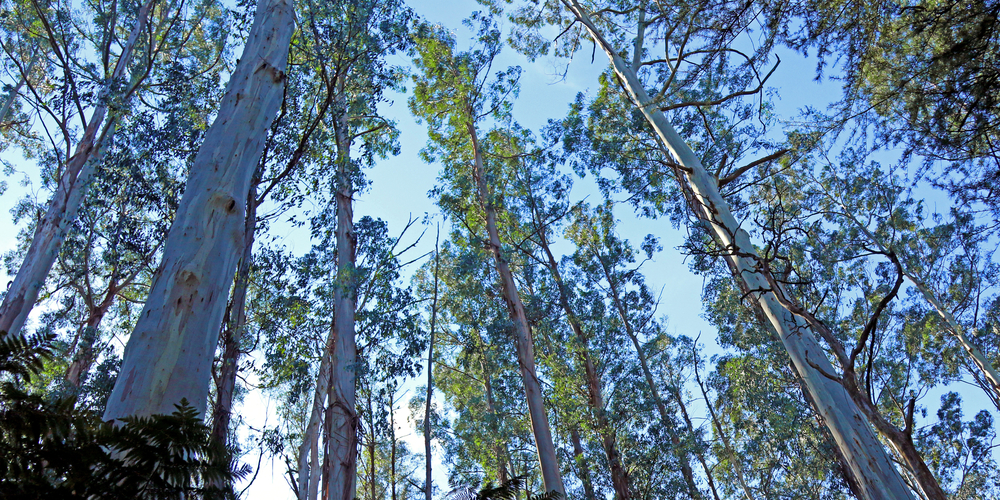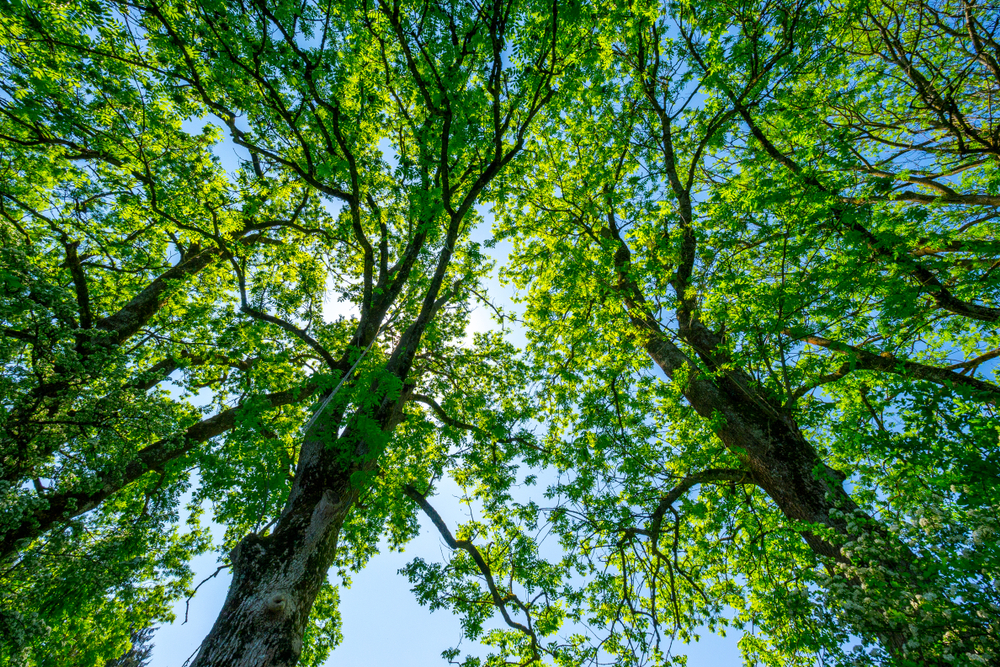Ash trees are a beautiful addition to any large yard or grassy area. They provide ample shade and space for local wildlife to build a home. If you have an ash tree, you know how astonishing these plants can be. But what should you do if your ash tree drops leaves in spring?
Seeing green leaves on the ground can be distressing, but fortunately, it shouldn’t be difficult to diagnose. The sooner you address the problem, the more likely your Ashtree will recover. Keep reading to discover why your ash tree might be losing leaves early in the year and what you can do about it.
Determining the Cause
There are a few reasons trees will drop green leaves. And some are more likely than others, depending on where you live and what time of year it is. It’s also important to remember that some leaf shedding is normal and healthy for the tree. Below are a few of the most common causes of leaf drop in springtime.
Anthracnose
One of the most common reasons ash trees lose green leaves is due to a fungal infection known as anthracnose. Cool, wet weather is usually the culprit behind this infection. The good news is that if the tree is mature, it’s unlikely to be permanently damaged or killed. Once the weather warms up and dries out, the tree will typically recover on its own.
If you live in an area where cold and wet weather is persistent, it might be prudent to treat the fungus before it gets out of hand. This is easy to do using common fungicides. Start by pruning out dead wood and leaves and then treating the rest of the healthy plant.
If this seems overwhelming or you’re unsure what to do, it’s wise to consult an expert. Removing too many branches or leaves can result in the death of the tree over time. It’s also important to remember that an ash tree dropping leaves in spring may have nothing to do with anthracnose.
Late Frost
Spring is notorious for its wishy-washy weather. Just when you think you are breaking into those balmy summer days, you’re hit with a late spring snowstorm. If you live in an area that has recently experienced an unexpected frost, don’t be surprised to find some of your foliage on the ground. Although many plants are resilient to these occurrences, they are not invincible.
You can use some plant covers to protect young trees from late frosts. Invest in some if your tree is not mature.
Too Little Water
Stress from drought is another reason why many plants will drop leaves. When there is too little water, trees will sacrifice non-essential parts, including extra leafy growth. This way, it can direct all of its energy to the healthiest parts of the tree and prevent it from perishing.
Ash trees, in particular, can grow very large, so if you are experiencing a dry season, you’ll need to pay close attention to how much water your tree is getting.
Storms
Spring is a season that brings unpredictable weather, including high winds and thunderstorms. It isn’t surprising to find green leaves littering your yard if you recently experienced a storm with wind, rain, or hail.
You can use the same tree covers you do when there are late frosts before storms to protect the leaves. Most of the time, however, trees can withstand strong storms and survive without taking these measures.
How To Deal With an Ash Tree Dropping Leaves in Spring
Often, you will not have to take action if you notice some leaves in your yard other than raking them up. Trees can typically recover throughout the early summer months even if you look up and it seems like the branches are nearly bare. If you still feel unsure, contact a professional to help you decide the best course of action. Trees often drop leaves or don’t grow leaves in the spring if there’s a problem.

